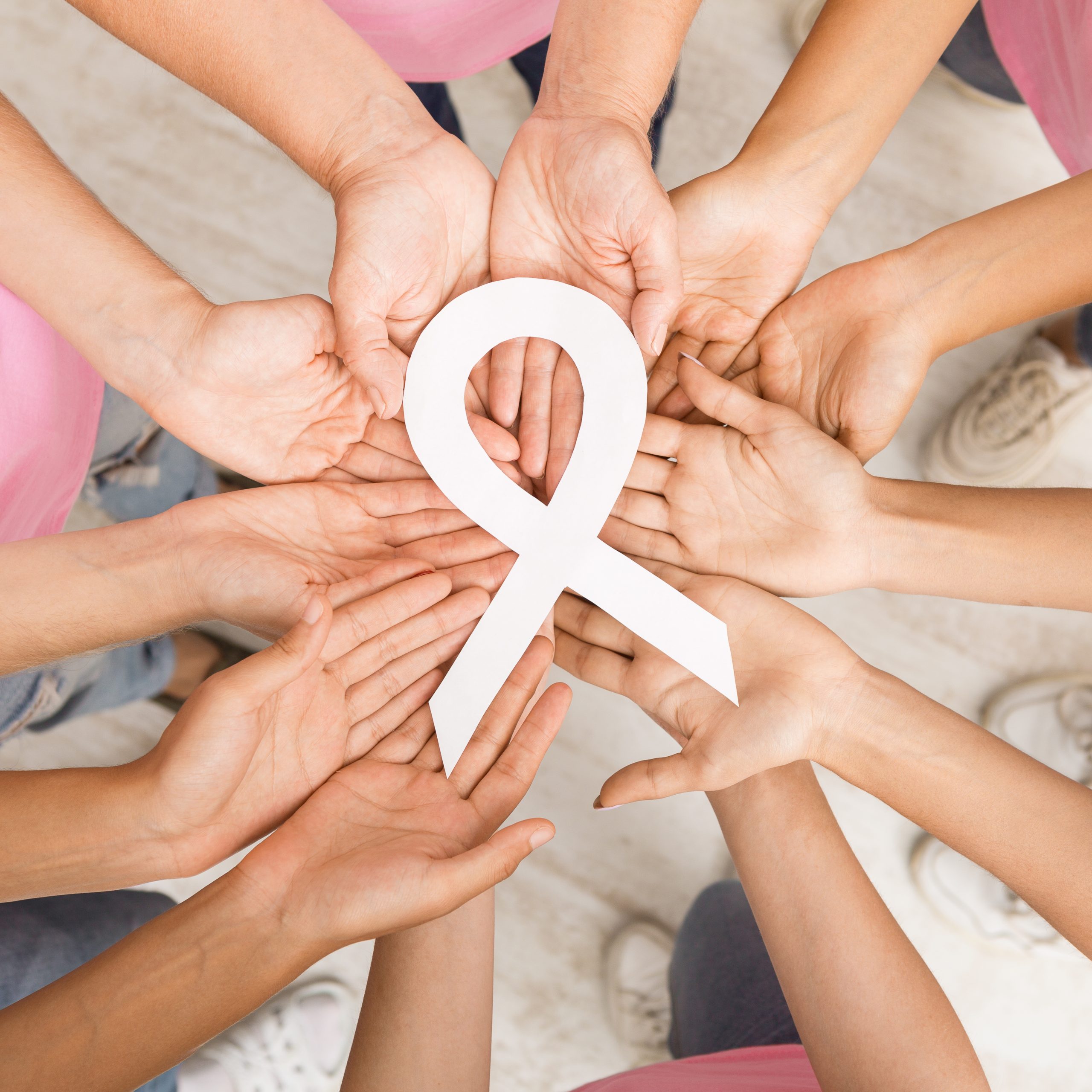
Breast cancer is one of the most common cancers among women worldwide, but when detected early, it’s also one of the most treatable. Regular self-examinations and awareness of subtle changes in your breasts can make a life-saving difference.
This blog will guide you through understanding breast cancer risk, recognizing warning signs, and performing a proper self-exam at home. Knowledge, awareness, and regular checks are your best defense.
Understanding Breast Cancer
Breast cancer occurs when cells in the breast grow uncontrollably, forming a tumor that may spread to nearby tissues or other parts of the body. While genetics and age play major roles, lifestyle and hormone levels also contribute to risk.
Common risk factors include:
- Family history of breast or ovarian cancer
- Hormonal imbalance or prolonged estrogen exposure
- Obesity and lack of exercise
- Smoking and alcohol consumption
- Menstruation before age 12 or menopause after age 55
Reference:
World Health Organization. (2023). Breast cancer: Prevention and control. WHO. https://www.who.int/news-room/fact-sheets/detail/breast-cancer
Why Early Detection Matters
Detecting breast cancer in its earliest stages significantly improves survival rates and treatment options. According to the American Cancer Society (ACS), women who regularly perform self-exams are more likely to notice changes that lead to earlier diagnosis and successful outcomes.
Reference:
American Cancer Society. (2024). Breast Cancer Early Detection and Diagnosis. https://www.cancer.org
How to Perform a Breast Self-Examination (BSE)
You can perform a breast self-exam once a month, ideally a few days after your menstrual cycle ends when your breasts are least tender.
Step 1: Look in the Mirror
Stand in front of a mirror with your shoulders straight and hands on your hips. Check for:
- Any changes in breast size, shape, or symmetry
- Dimpling, puckering, or bulging of the skin
- Inverted nipple or discharge
- Redness or swelling
Step 2: Raise Your Arms
Raise your arms and look for the same visual changes while observing both breasts from different angles.
Step 3: Feel for Lumps While Standing or Sitting
Using the pads of your fingers, move around your entire breast in a circular motion, from the collarbone down to the top of your abdomen.
Feel for any:
- Hard lumps or thickened tissue
- Tender or unusual areas
- Change in texture compared to the other breast
Step 4: Lie Down for a Deeper Check
Lie down and place a pillow under your right shoulder. Use your left hand to examine your right breast and vice versa. Apply gentle pressure in small circular motions to detect deeper tissue changes.
If you notice any lump, swelling, or persistent discomfort, don’t panic, but schedule a clinical breast exam or mammogram immediately.
Reference:
Johns Hopkins Medicine. (2023). Breast Self-Exam (BSE): A step-by-step guide. https://www.hopkinsmedicine.org
Supporting Breast Health Naturally
Maintaining healthy lifestyle habits can help reduce your breast cancer risk:
- Eat antioxidant-rich foods: berries, green tea, turmeric, and leafy greens.
- Exercise regularly: at least 30 minutes a day.
- Maintain hormonal balance: herbs like Pueraria mirifica and Centella asiatica may support hormonal and skin health naturally.
- Limit alcohol and quit smoking.
- Get regular medical screenings.
Reference:
Danaei, G., Vander Hoorn, S., Lopez, A. D., Murray, C. J., & Ezzati, M. (2005). Causes of cancer in the world: comparative risk assessment of nine behavioural and environmental risk factors. The Lancet, 366(9499), 1784–1793. https://doi.org/10.1016/S0140-6736(05)67725-2
Conclusion
Your health is in your hands literally. Performing monthly breast self-examinations and being mindful of your body’s changes are essential steps toward early detection and prevention.
Breast cancer awareness isn’t just for one month of the year. It’s a lifelong commitment to knowing your body, prioritizing your health, and empowering yourself with knowledge.
When in doubt, always consult your healthcare provider. Early action saves lives.
Explore our website to learn more: Click Here





